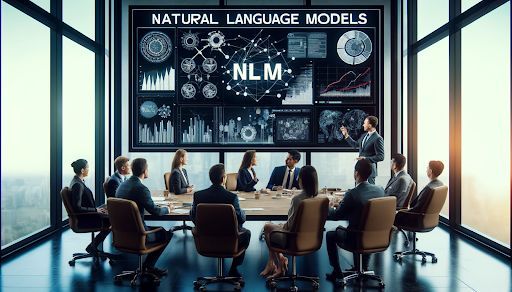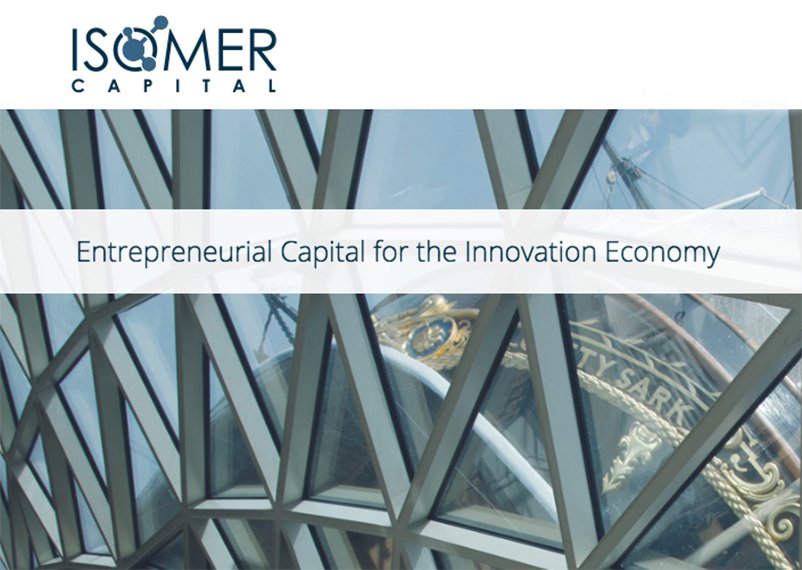Natural Language Models (NLMs) are at the forefront of technological advancements in artificial intelligence, offering businesses innovative ways to process and utilize human language. From automating customer service to enhancing data analysis, NLMs play a crucial role in modern business operations. This article explores the basics of NLMs, their working mechanisms, practical applications, and future trends that businesses should be aware of.

Definition and Basics
Natural Language Models (NLMs) are AI models specifically designed to understand, interpret, and generate human language. They utilize Natural Language Processing (NLP) techniques to perform a variety of language-related tasks. The foundation of NLMs lies in their ability to process and analyze textual data, making them invaluable in contexts where language understanding and generation are essential. NLMs are often built using machine learning algorithms and are trained on large datasets to ensure high accuracy and efficiency.
How NLMs Work
NLMs function by leveraging NLP techniques that encompass a range of methods and algorithms. These models are trained on extensive text corpora, enabling them to learn patterns, structures, and semantic meanings of language. One of the core components of NLMs is tokenization, where text is broken down into smaller units (tokens) that the model can process.
The process involves several steps, including:
- Preprocessing: Cleaning and preparing text data by removing irrelevant information and normalizing text.
- Tokenization: Splitting text into words, phrases, or other meaningful elements.
- Parsing: Analyzing the grammatical structure of the text to understand relationships between tokens.
- Training: Using machine learning algorithms to learn from text data, enabling the model to perform tasks like translation, sentiment analysis, and text summarization.
Advanced NLMs incorporate deep learning techniques, such as recurrent neural networks (RNNs) and transformers, to enhance their capabilities and performance.
Applications in Business
The versatility of NLMs makes them suitable for a wide range of business applications. Some key areas where NLMs are making a significant impact include:
- Customer Support: NLMs power chatbots and virtual assistants, providing instant and accurate responses to customer queries, reducing the workload on human agents.
- Content Generation: Businesses utilize NLMs to create articles, product descriptions, and other written content, streamlining content production processes.
- Sentiment Analysis: By analyzing customer feedback and social media mentions, NLMs help businesses gauge public sentiment and make informed decisions.
- Document Summarization: NLMs can automatically summarize long documents, making it easier for businesses to extract key information quickly.
- Language Translation: With the ability to translate text between languages, NLMs support global business operations and improve communication.
These applications highlight the broad utility of NLMs in enhancing business efficiency and productivity.
Future Trends
The future of NLMs in business looks promising, with several trends set to shape their development and deployment. One emerging trend is the integration of NLMs with other AI technologies, such as computer vision and speech recognition, to create more comprehensive and versatile AI systems. Another trend is the focus on improving the interpretability and transparency of NLMs, ensuring that businesses can understand and trust the decisions made by these models.
Ethical considerations are also gaining prominence, with efforts to mitigate biases in NLMs and ensure fair and unbiased language processing. Additionally, advancements in transfer learning and fine-tuning are expected to enhance the adaptability of NLMs to specific business contexts and requirements.
By staying abreast of these trends, businesses can leverage the full potential of NLMs to drive innovation and maintain a competitive edge in the market.

Founder Dinis Guarda
IntelligentHQ Your New Business Network.
IntelligentHQ is a Business network and an expert source for finance, capital markets and intelligence for thousands of global business professionals, startups, and companies.
We exist at the point of intersection between technology, social media, finance and innovation.
IntelligentHQ leverages innovation and scale of social digital technology, analytics, news, and distribution to create an unparalleled, full digital medium and social business networks spectrum.
IntelligentHQ is working hard, to become a trusted, and indispensable source of business news and analytics, within financial services and its associated supply chains and ecosystems




























